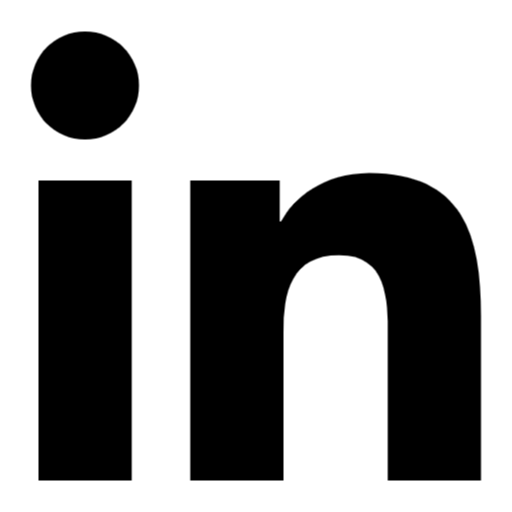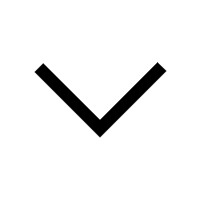Aluminum–Scandium Alloys Under Thermal Stress
Aluminum alone is not suited for sustained use in high-temperature environments. Once temperatures rise above 250°C, it begins to lose its structural strength. Adding scandium changes that. In Al-Sc alloys, scandium enables the formation of Al₃Sc precipitates—coherent, stable, and highly effective at resisting deformation.
What makes these particles significant is their ability to hold position under stress. At 300°C, alloys with 0.4–0.6 wt% scandium showed a clear delay in the onset of creep. Time-to-fracture under constant load extended by a factor of three to five compared to Sc-free controls. The precipitates do not coarsen easily, which keeps the grain structure stable during long-term exposure.
Achieving Uniform Distribution: A Processing Challenge
Uniformity is critical. Scandium’s limited solubility in aluminum makes distribution control a major processing concern. Two main approaches are used:
-
Conventional melt alloying, followed by rapid solidification
-
Powder metallurgy (PM) with mechanical alloying and densification via hot pressing or HIP
The melt route is more accessible for large-scale production. However, it's sensitive to segregation—especially near the ingot surface or at grain boundaries. Cooling rates above 30 K/s help, but not all foundries can maintain this uniformly. A post-solidification homogenization step (typically at 480°C for 12 hours) can improve internal phase balance.
On the other hand, PM allows finer control. By blending aluminum powder with pre-alloyed Sc-Zr master powder, followed by controlled compaction, the risk of segregation drops significantly. In comparative trials, samples made by PM exhibited tighter precipitate size distributions and finer grain sizes. However, cost and scalability remain barriers for industrial aerospace use.
Material Behavior in Simulated Turbine Environments
Turbine blades operate under both thermal cycling and mechanical load. In that context, material reliability becomes more than a lab metric—it affects real-world maintenance intervals and safety margins.
We tested Aluminum–Scandium Alloys under cyclic conditions: 100 thermal cycles from ambient to 350°C. The alloys maintained dimensional stability within ±20 µm. No intergranular cracking appeared, and elongation after creep testing stayed below 0.1% over 100 hours at load.
In weldability trials, joints retained integrity under post-weld thermal treatment. This is often a weakness in scandium-modified systems due to over-aging or phase clustering. For Al-Sc alloys, results were consistent across multiple heat inputs and weld geometries.
Final Observations
Much of the alloy's performance hinges on scandium’s behavior during solidification and heat treatment. With optimized process control, both melt-processed and PM-derived alloys can meet the demands of high-temperature, cyclic loading applications.
For aerospace manufacturers considering material upgrades in turbine sections, Al-Sc alloys are a practical option—particularly where component life and thermal tolerance are critical. Ongoing work in our lab includes multi-phase stress testing and interface behavior between Al₃Sc phases and thermally affected zones.
At Stanford Materials Corporation (SMC), we support teams working in aerospace, defense, and power systems with alloy sourcing, experimental trials, and technical collaboration. If your components are subjected to thermal cycling, mechanical load, or both, we can help you find an alloy that holds up.
Reach out to the SMC team to explore scandium-modified alloys tailored to your operational envelope.

















